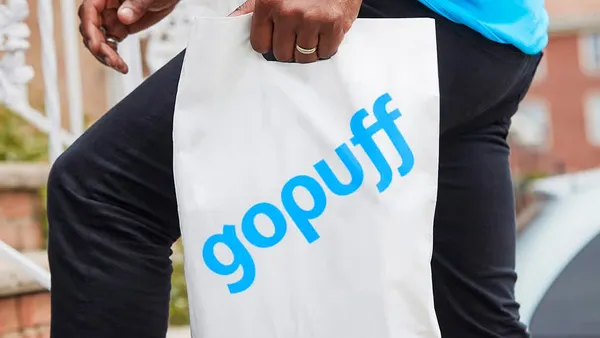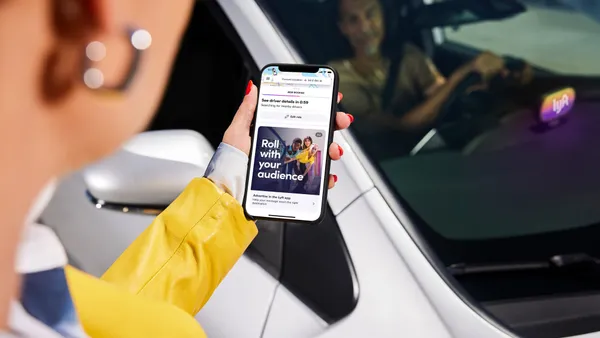Editor's note: The following is a guest post from Dan Slavin, CEO and cofounder of CodeBroker, a provider of mobile marketing solutions.
Amid a wave of store closures by Macy’s, JCPenney, Staples and others, T.J. Maxx is bucking the trend in the opposite direction with plans to open 1,300 stores.
How is the outlet pulling it off? In every success story, there are multiple contributing factors, but the clothing chain can't attribute any amount of success to its troubled loyalty program. One consumer commented the following to T.J. Maxx's Facebook page:
“Funny, I scan my card every single time I shop (and I've spent thousands) but have never seen any sort of 'reward.' More like a reward for TJM to track my spending habits.”
The feedback is rife with printable (i.e., less profanity-laced) comments from customers, some claiming that even the employees don't know the purpose of the rewards card. Yet, the company is doing well despite its seemingly pointless incentive program.
One doesn't have to look much further than those comments on Facebook to understand that loyal customers at the store’s outlets are alienated by a poorly implemented program. T.J. Maxx is a smart operation based on its success and recent expansion, but these poor customer experiences represent a missed opportunity for the normally savvy retailer.
For a loyalty program to shine, retailers must “give to get.” Shoppers should receive discounts or special offers in return for handing over their personal information and purchasing habits. When that exchange doesn't happen, customers are left to question the company’s motives with this data, per the above comment.
To solve this problem, major retail outlets like T.J. Maxx can streamline and revitalize their troubled loyalty program by integrating it with their digital marketing plans. With that in mind, here are three concrete steps T.J. Maxx can take to fix its current failed program:
- Modernize its physical card program with a digital card that allows customers to access rewards and point balances from a smartphone.
- Give customers access to their loyalty program seamlessly via all the popular mobile technologies: text message, mobile app, email, digital wallet and Facebook.
- Empower customers to engage with their loyalty program across all retail channels, including desktop, mobile, in-store and online.
A CodeBroker shopper loyalty survey of 1,200 consumers supports this approach. A vast majority (71%) of U.S. consumers across all age groups and income levels reported that they would be more likely to use their loyalty cards and aspects of that, including rewards, point balances, offers and tips on how to earn more, from their phone. Seventy percent of shoppers said they would use a mobile version of their card if they didn’t have to sign into a website or download an app.
By merging a traditional loyalty program with a digital mobile channel, retailers gain significant insight into how the program is performing across multiple platforms. Armed with these analytics, distributing benefits and special offers can be done in a targeted, results-oriented manner. Who is redeeming the special offers? What channel is the most popular? Efforts can then be scaled up or down according to specific customers or demographics.
All too often this type of insight is lacking in loyalty programs, where the only observable results are in message board complaints after the fact. Moving a retailer’s loyalty program to mobile allows for insights closer to real time.
T.J. Maxx has demonstrated remarkable skill in expanding its business while competitors are downsizing, but there is even more opportunity for growth if the company chooses to smooth out its loyalty program issues. Doing so by removing that friction and nixing the physical card for a digital version would be plucking low hanging fruit for the company — it would likely do loyal customers a great service and could quickly produce a bump in customer satisfaction.














